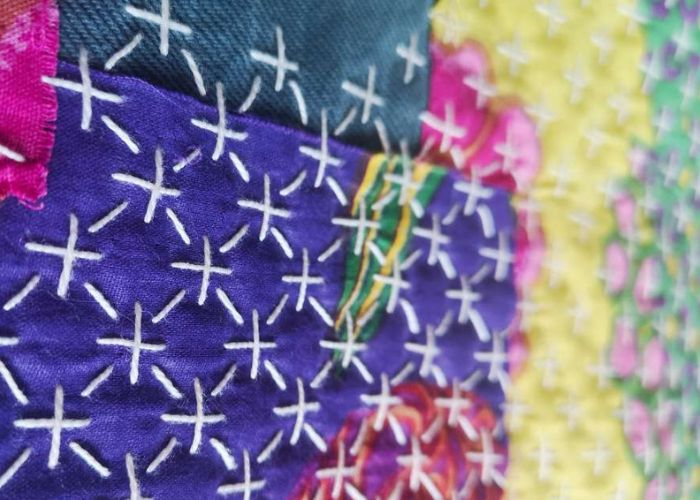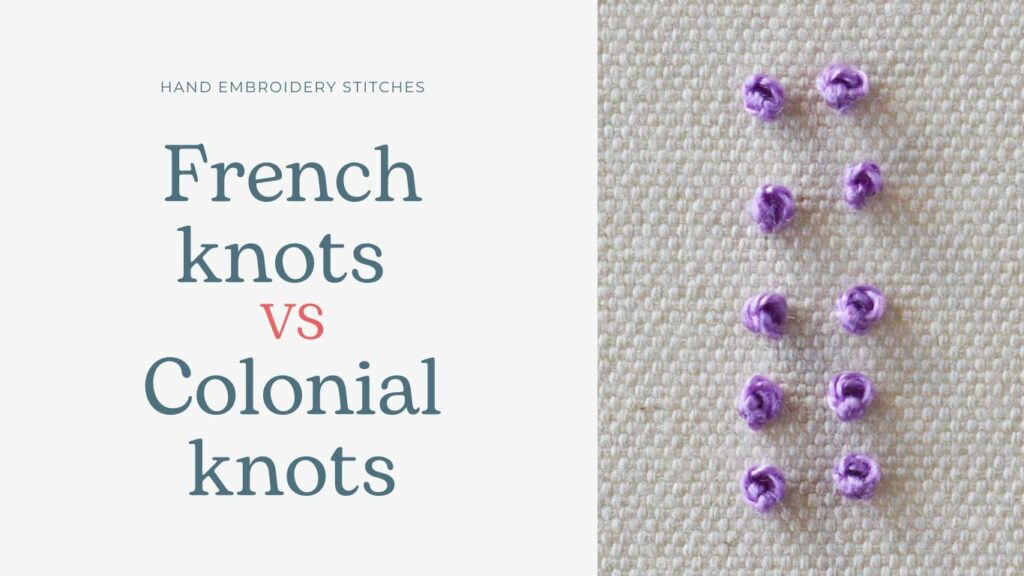
French Knots VS Colonial Knots
What is the difference between the French knot and the Colonial knot? Which stitch is better? Can I use them interchangeably? Which one is easier to embroider? – These are the questions I get often asked.
Here are the French knots and Colonial knots embroidered next to each other. Can you see the difference?
The knots are similar, though the French knot is generally a tighter and smaller stitch and the Colonial knot is naturally fuller. But is the difference big enough to recognize these stitches? I don’t think so.
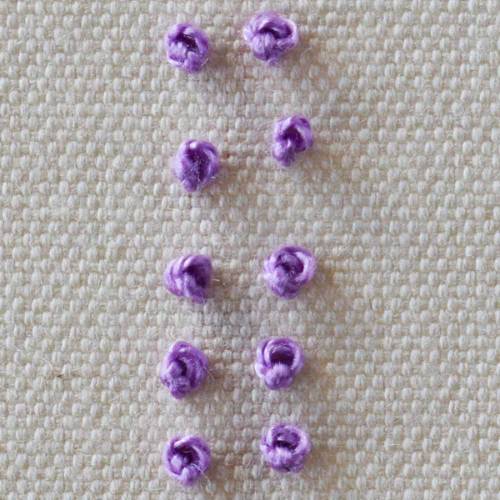
Can You Use French And Colonial Knots Interchangeably?
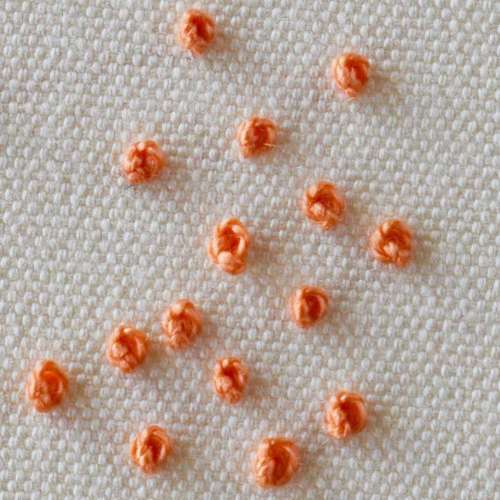
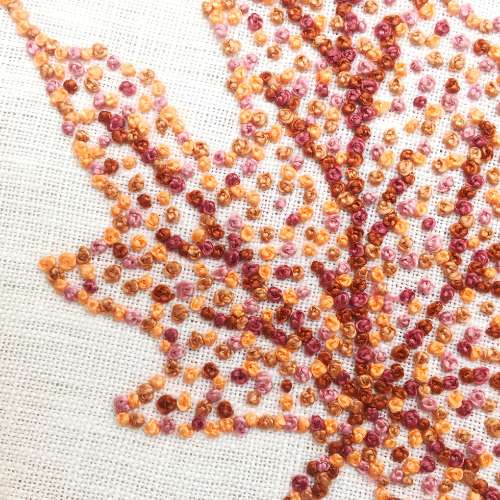
Yes. If the pattern says “use Colonial knots,” but you find them hard to embroider, change them with the French knots. And vice versa – change French knots with Colonial knots if you like to embroider them more. I can assure you – no one will notice.
Which Stitch Is Easier To Embroider?
It depends. Some say that the Colonial knot is easier. Others are French knot fans. Try them both and choose your favorite. The video tutorial below will help you to practice!
Video tutorial
If you are a visual learner, watch a video tutorial below or on the Practical Embroidery YouTube channel. In this video, you’ll find easy-to-follow, step-by-step instructions that will help you learn the difference between French and Colonial knots.
What’s next?
If you’re in the mood to explore more hand embroidery stitches, check out the Stitches and Techniques page for the list of other fantastic stitches available on my blog. From timeless classics to modern twists, a whole world of stitches is waiting for you to explore and master. So, grab your hoop and needle, and let’s stitch our way to creative bliss!
Need More Guidance?
The top 10 hand embroidery stitches to learn is a free online course created for beginners.
